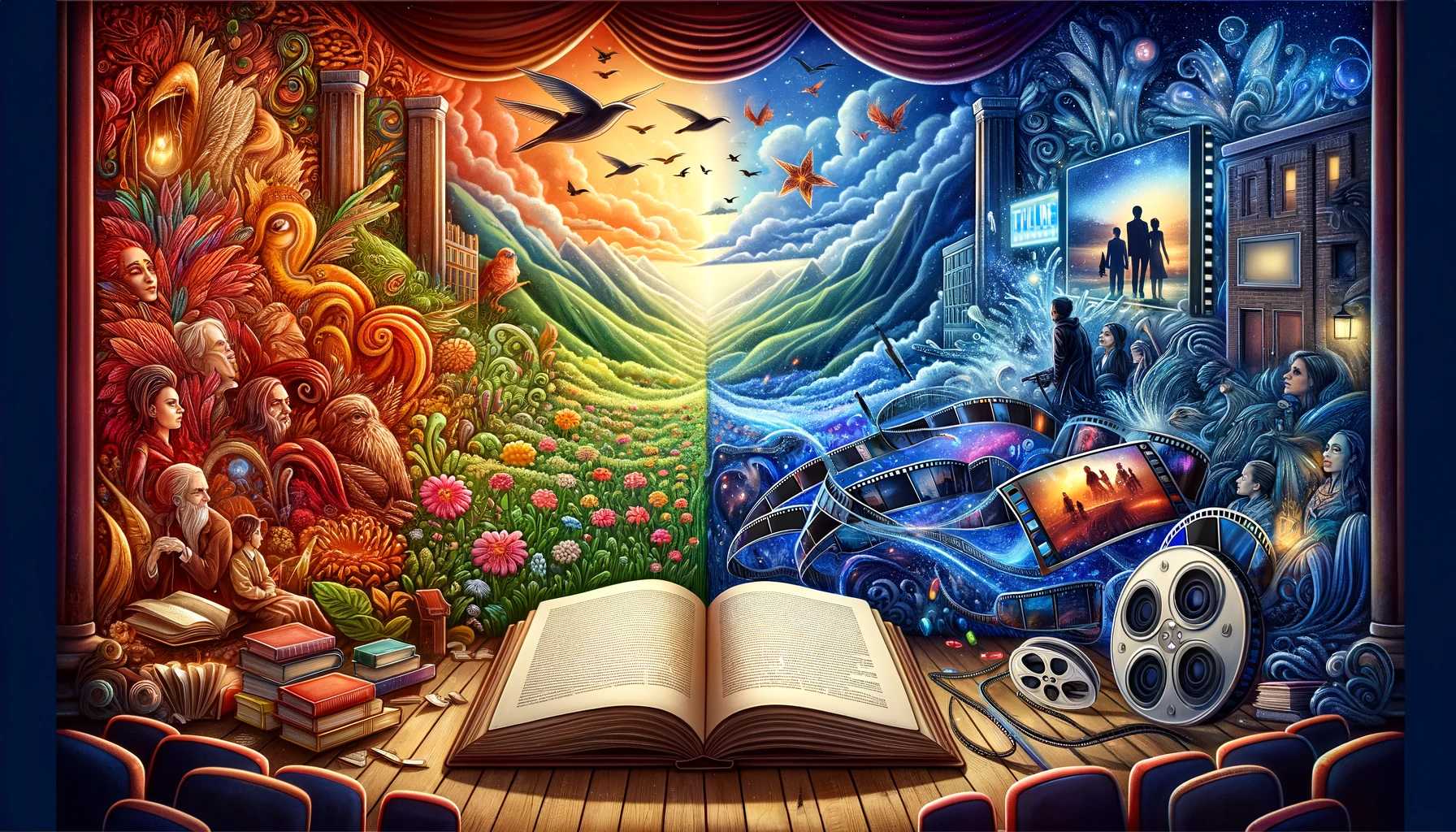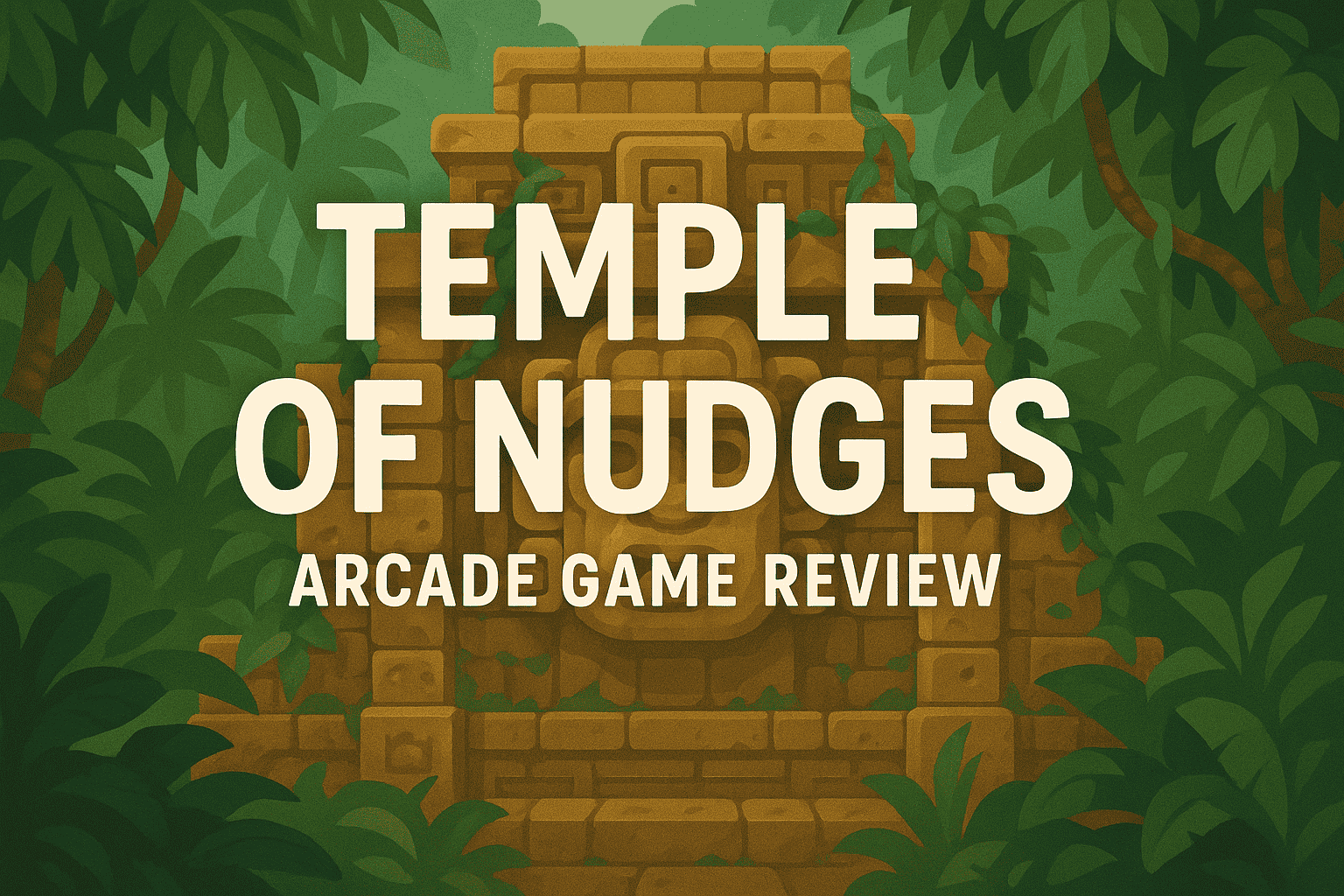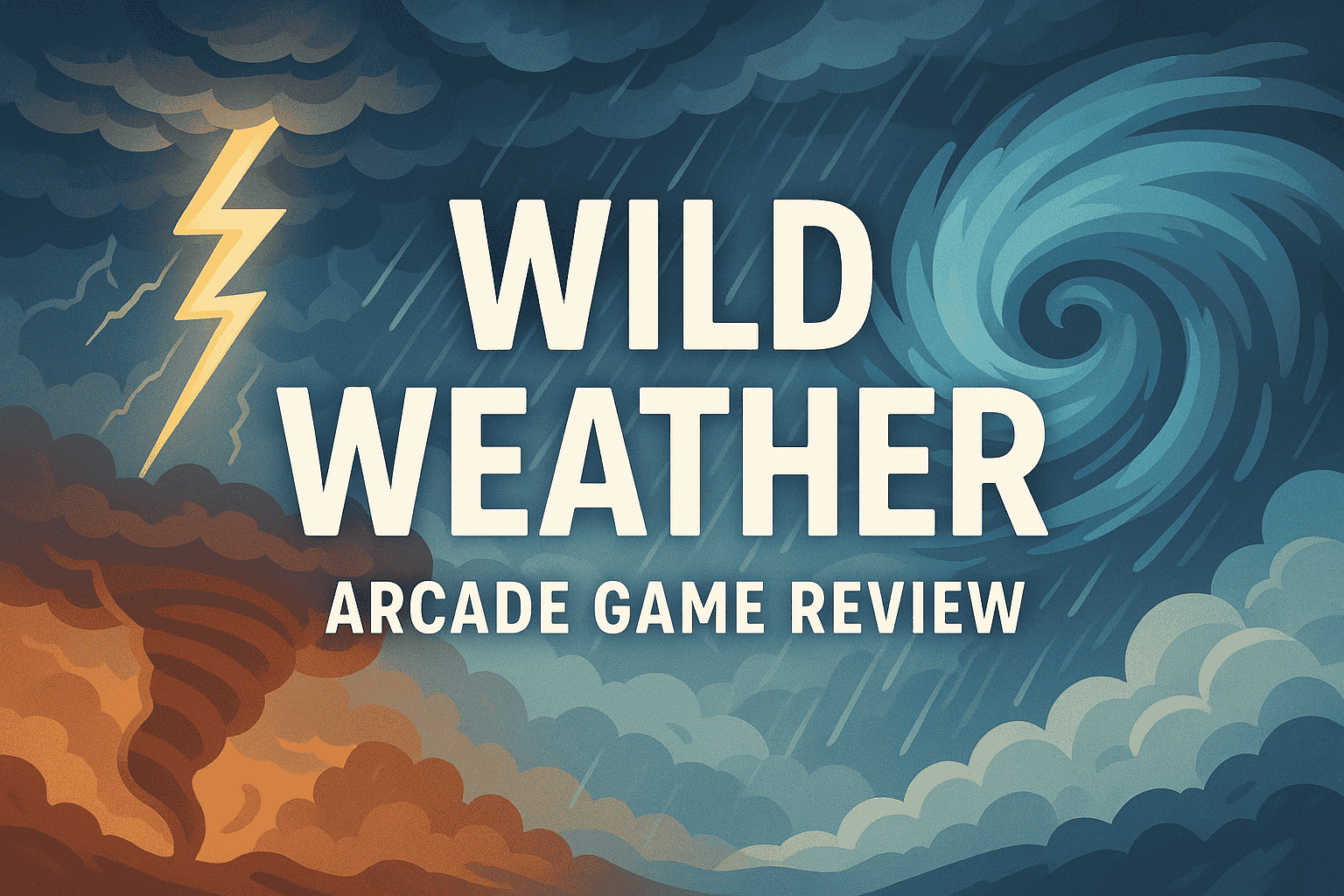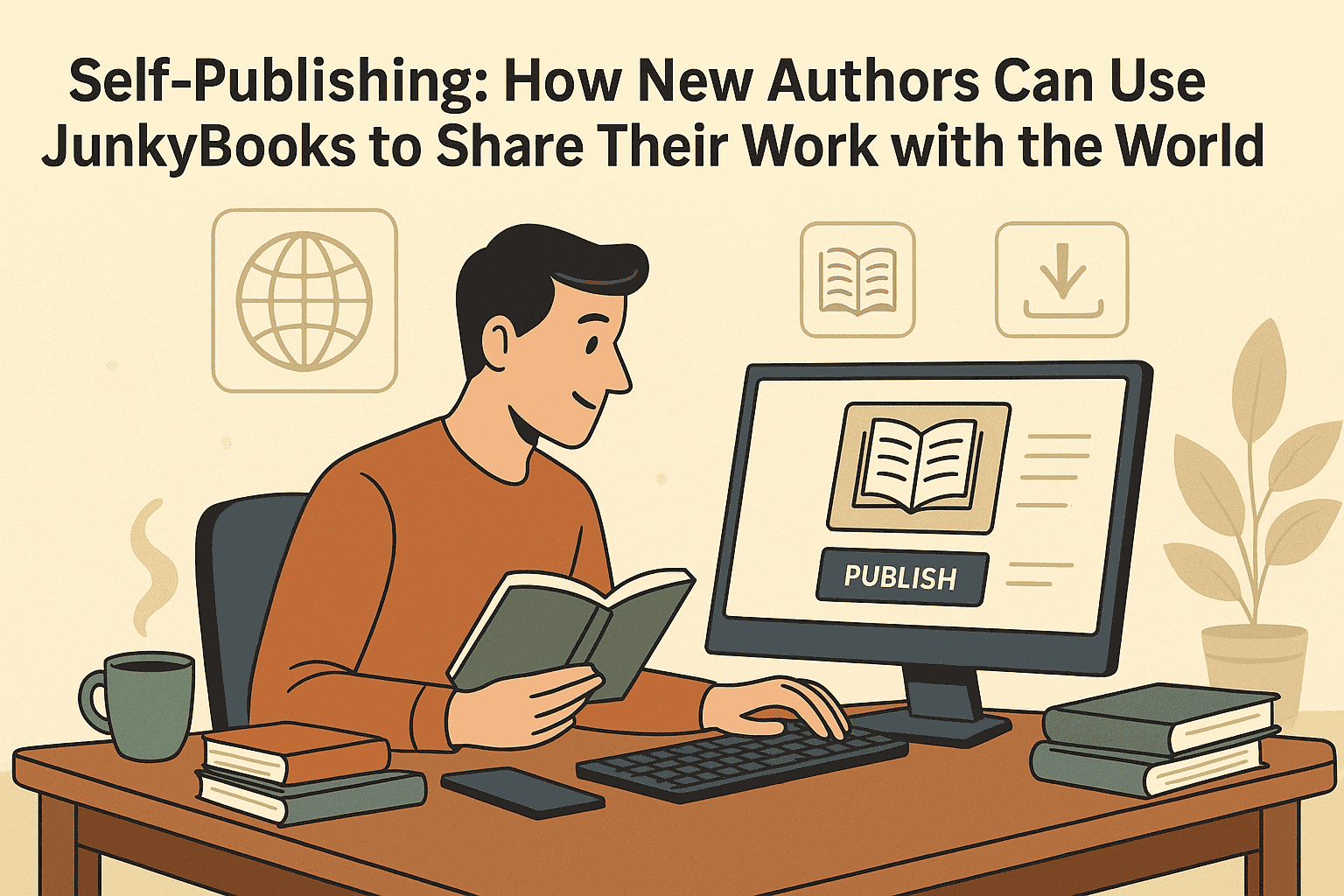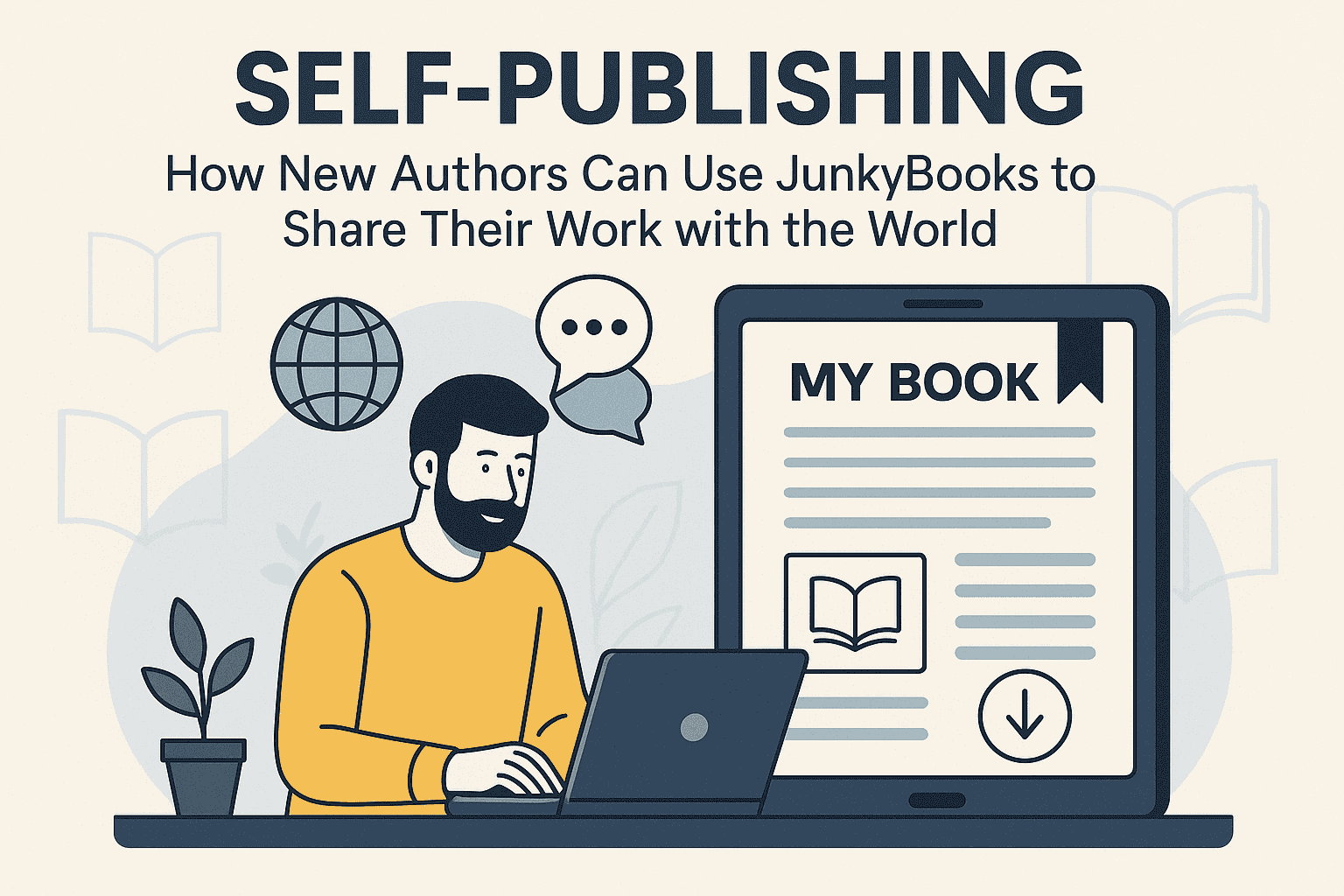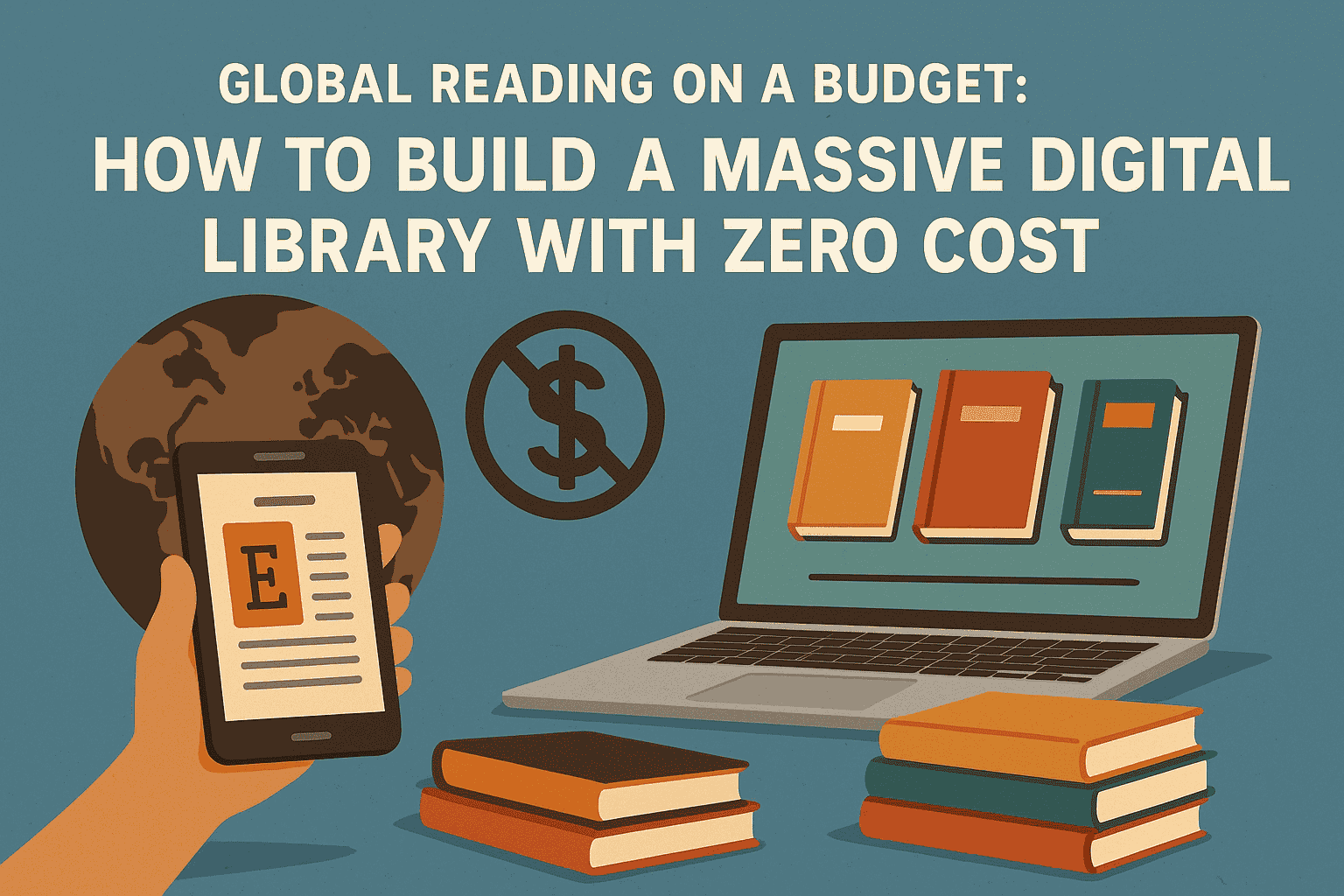Book vs. Film Adaptation: A Comprehensive Guide to Understanding the Differences
Hey there, bookworms and movie buffs! If you’ve ever read a book and then watched its film adaptation, you know that the experience can be quite different. Sometimes, the movie captures the magic of the book perfectly, and other times, it falls short, leaving fans disappointed. But why is that? What makes adapting a book to a film such a challenging task? In this guide, we’ll dive into the key differences between books and their film adaptations, exploring the strengths and limitations of each medium, and why some stories work better in one format than the other. Let’s get started!
1. Narrative Depth and Detail
One of the most significant differences between books and films is the level of narrative depth and detail each medium can provide.
Books:
- In-depth Exploration: Books have the luxury of diving deep into characters’ thoughts, backgrounds, and motivations. They can explore subplots and intricate details that enrich the story.
- Length and Pacing: Authors can take their time to develop the story, creating a pacing that suits the narrative’s needs.
Films:
- Condensed Storytelling: Films are limited by time constraints, typically running between 90 minutes to 3 hours. This often means condensing or omitting parts of the story to fit the format.
- Visual Focus: Films rely heavily on visual storytelling, using images, actions, and dialogue to convey the plot and emotions.
Why It Matters:
This difference means that some intricate plots and complex character developments in books may be simplified or left out in films, leading to a different audience experience.
2. Character Development
Character development is another area where books and films can differ significantly.
Books:
- Internal Monologues: Books often provide access to characters’ internal thoughts and feelings, offering a deeper understanding of their motivations and conflicts.
- Backstories: Authors can delve into extensive backstories, adding layers to the characters.
Films:
- Visual and Behavioral Cues: Films must rely on actors’ performances, visual cues, and dialogue to convey character development.
- Screen Time: With limited screen time, secondary characters may receive less development than in the book.
Why It Matters:
The way characters are portrayed in films might seem less nuanced compared to their literary counterparts, potentially altering how audiences perceive them.
3. Narrative Structure and Pacing
The structure and pacing of a story can change dramatically when adapting a book into a film.
Books:
- Flexible Structure: Authors can play with different narrative structures, such as non-linear timelines, multiple points of view, and lengthy exposition.
- Pacing Control: Readers can take their time with a book, pausing to reflect or reread passages.
Films:
- Linear Structure: Most films follow a more straightforward, linear structure to maintain coherence within the limited runtime.
- Fast-Paced: Films often adopt a faster pace to keep the audience engaged, which can result in a more streamlined narrative.
Why It Matters:
Changes in narrative structure and pacing can affect how the story unfolds and how much detail can be included, impacting the overall experience.
4. Visual and Aesthetic Elements
Visual storytelling is a core strength of films, while books rely on the imagination of readers.
Books:
- Descriptive Language: Authors use detailed descriptions to create vivid imagery in the reader’s mind.
- Imagination: Readers visualize scenes and characters based on the text, leading to a personalized interpretation.
Films:
- Visual Spectacle: Films can create stunning visuals and special effects that bring the story to life in a concrete way.
- Direct Representation: The director’s vision dictates the visual representation, which can either match or differ from what readers imagined.
Why It Matters:
The visual representation in films can either enhance the story or disappoint fans who had a different vision in their minds from reading the book.
5. Themes and Symbolism
Both books and films use themes and symbolism, but they do so in different ways.
Books:
- Subtle and Layered: Authors can weave themes and symbolism subtly through prose, dialogue, and narrative.
- Interpretive: Readers often interpret themes and symbols in various ways, leading to a richer engagement with the text.
Films:
- Visual Symbols: Films use visual and auditory symbols to convey themes, which can be more immediate but sometimes less nuanced.
- Explicit and Implicit: Filmmakers may choose to make themes explicit through visuals and dialogue, sometimes losing the subtleties of the book.
Why It Matters:
The difference in conveying themes and symbolism can lead to variations in how the story’s deeper meanings are perceived and understood.
6. Adaptation Choices and Fidelity
Adaptation choices can significantly influence how a film represents its source material.
Books:
- Comprehensive: Books provide the complete story as intended by the author, with all its complexities and nuances.
Films:
- Selective: Filmmakers must make choices about what to include, alter, or omit. This can involve combining characters, altering plot points, or updating settings to make the story more cinematic.
Why It Matters:
These choices can result in a film that feels true to the book’s spirit or one that seems to diverge significantly, affecting fans’ satisfaction with the adaptation.
7. Audience Engagement
The way audiences engage with books and films also differs.
Books:
- Active Engagement: Reading is an active process that requires imagination and mental effort, fostering a deeper personal connection with the story.
- Time Investment: Books often require a significant time investment, leading to a prolonged engagement with the narrative.
Films:
- Passive Engagement: Watching a film is a more passive experience, where viewers receive the story visually and audibly.
- Instant Gratification: Films provide a quicker consumption of the story, suitable for those seeking immediate entertainment.
Why It Matters:
The mode of engagement influences the depth of connection and the level of emotional investment audiences have with the story.
Conclusion: Embracing Both Mediums
Books and films are distinct art forms, each with its strengths and limitations. While books offer depth, detail, and a rich exploration of characters and themes, films provide a visual and auditory experience that can bring stories to life in new and exciting ways. When comparing book and film adaptations, it’s essential to appreciate the unique qualities of each medium and understand that adaptations are interpretations rather than direct translations.
By recognizing these differences, we can better appreciate the creative efforts involved in bringing a story from the page to the screen. So next time you watch a film adaptation of your favorite book, try to enjoy it for what it is—a new perspective on a beloved story, rather than a direct competition with the original.

